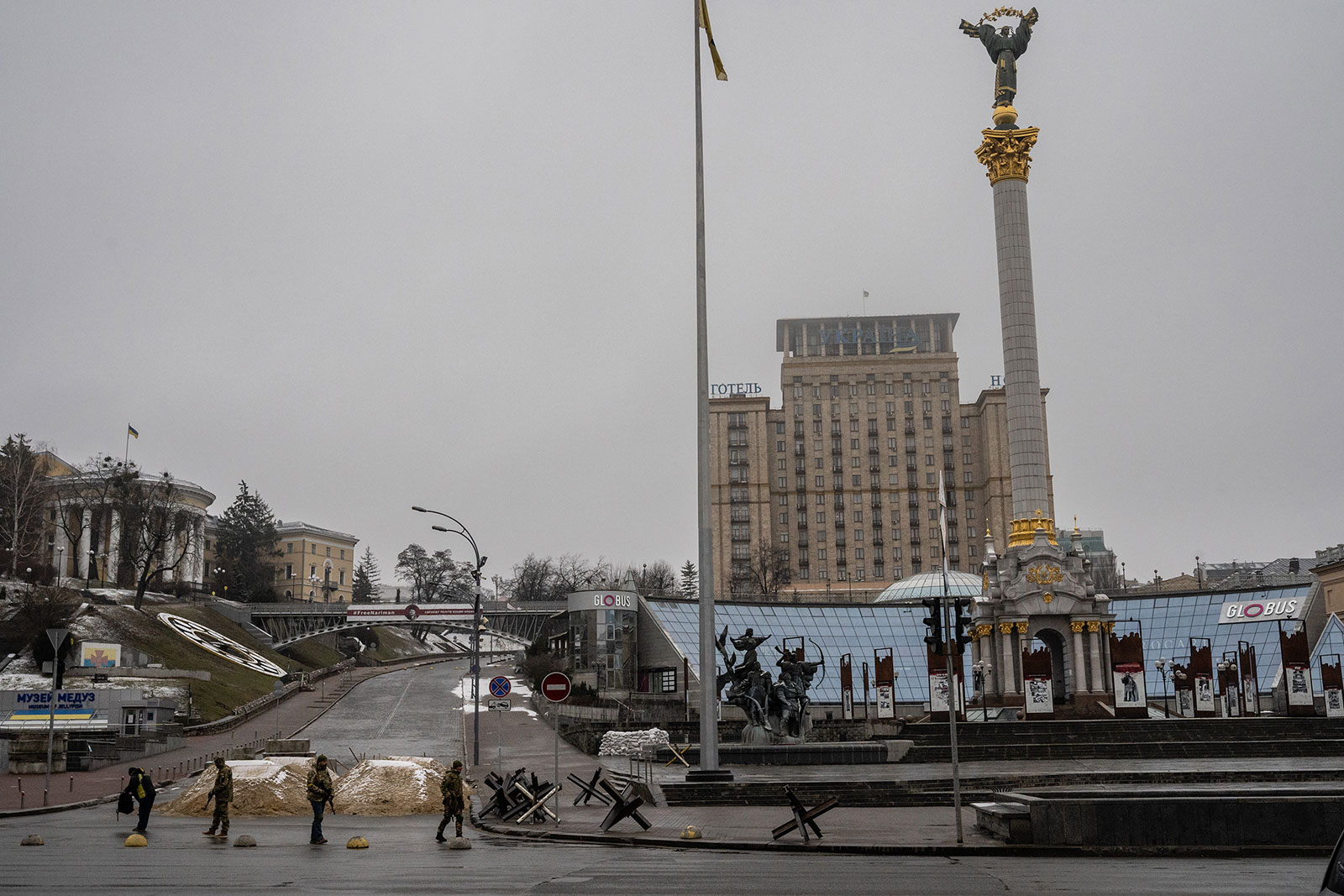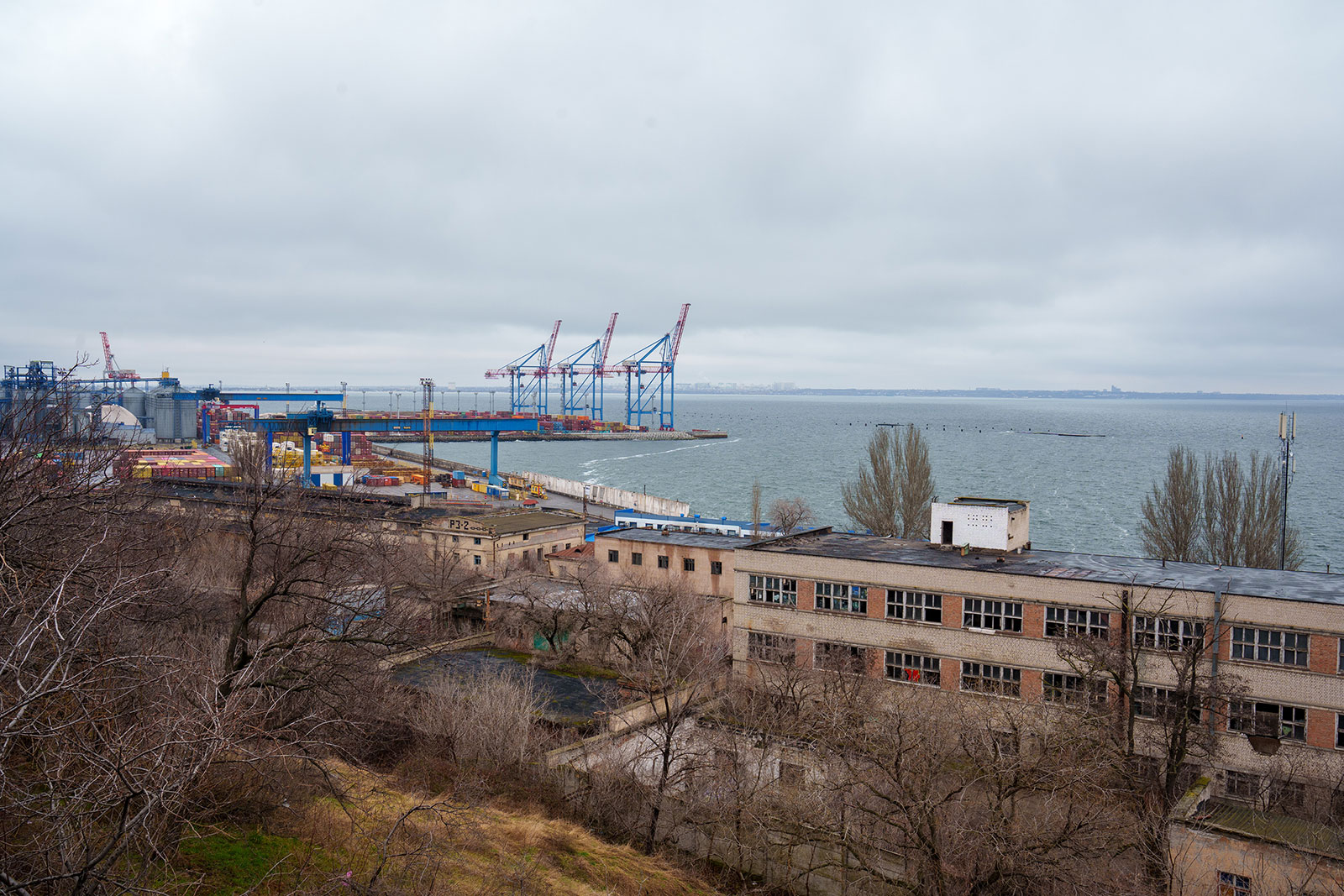
Russia’s assault on Ukraine is just a week old, but its consequences have already been catastrophic.
In the seven days since Russian troops invaded their western neighbor, hundreds of people have been reported dead and one million have fled for their lives. Energy prices are skyrocketing, and food prices could be next.
No one can say for sure what will happen in the coming days and weeks, but years of relative peace and stability in Europe have already been ruptured, and should the fighting stretch on for months, the crisis could have even greater ramifications.
What happens to Kyiv? Russian President Vladimir Putin has been very clear about his basic goals in invading: He wants to disarm Ukraine, sever its ties to the NATO military alliance and end the Ukrainian people’s aspirations of joining the West.
He has also said he wants to rid the country of what he calls the “gang of drug addicts and neo-Nazis that has settled in Kyiv and taken hostage the entire Ukrainian people,” a baseless and highly-charged reference to Ukraine’s democratically-elected government and its Jewish president, Volodymyr Zelensky.
Russian forces are encircling the Ukrainian capital, Kyiv, in an apparent push to topple the government, and a 40-mile-long military convoy is edging toward the city, which has been targeted by multiple rocket and missile attacks in recent days.
Zelensky has vowed to keep fighting, but he is under no illusions that Putin’s forces “want to destroy Ukraine politically by destroying the head of state.”
Should those forces take the capital, Ukraine does have other politicians who might be eager to fill the ranks of a pro-Russian puppet regime.
One of Putin’s top allies in Ukraine is Viktor Medvedchuk, a prominent politician and oligarch. He faces allegations of treason in Ukraine and has been under house arrest, but his exact whereabouts are unclear.

Territorial goals: Russian forces are also waging campaigns far from Kyiv, attempting to take control of key cities in Ukraine’s south and southeast, including Kherson.
The mayor of Kherson effectively admitted that Ukrainian forces had ceded control of the city on Wednesday, saying in a statement on his Facebook page that residents would have to accept the direction of “armed people who came to the city’s administration” — in other words, Russian forces.
One former NATO commander told CNN: “It is quite clear that Putin is pushing for a land corridor to Crimea.” Richard Shirreff, NATO’s former deputy supreme allied commander for Europe, said the land corridor was “an obvious objective.”
“He’s had Crimea in the Russian Federation since 2014, he’s only been able to supply it across the Kerch Strait bridge, and so of course he’s looking to establish that land corridor down off the Sea of Azov,” Shirreff added.
If Russian forces capture the port city of Odessa, it is possible to imagine Moscow creating a land bridge extending all the way across southern Ukraine, potentially even linking Transnistria — a separatist enclave in Moldova, where Russian troops are stationed — to Odessa, Crimea and southern and eastern Ukraine.
Read the full analysis here.
